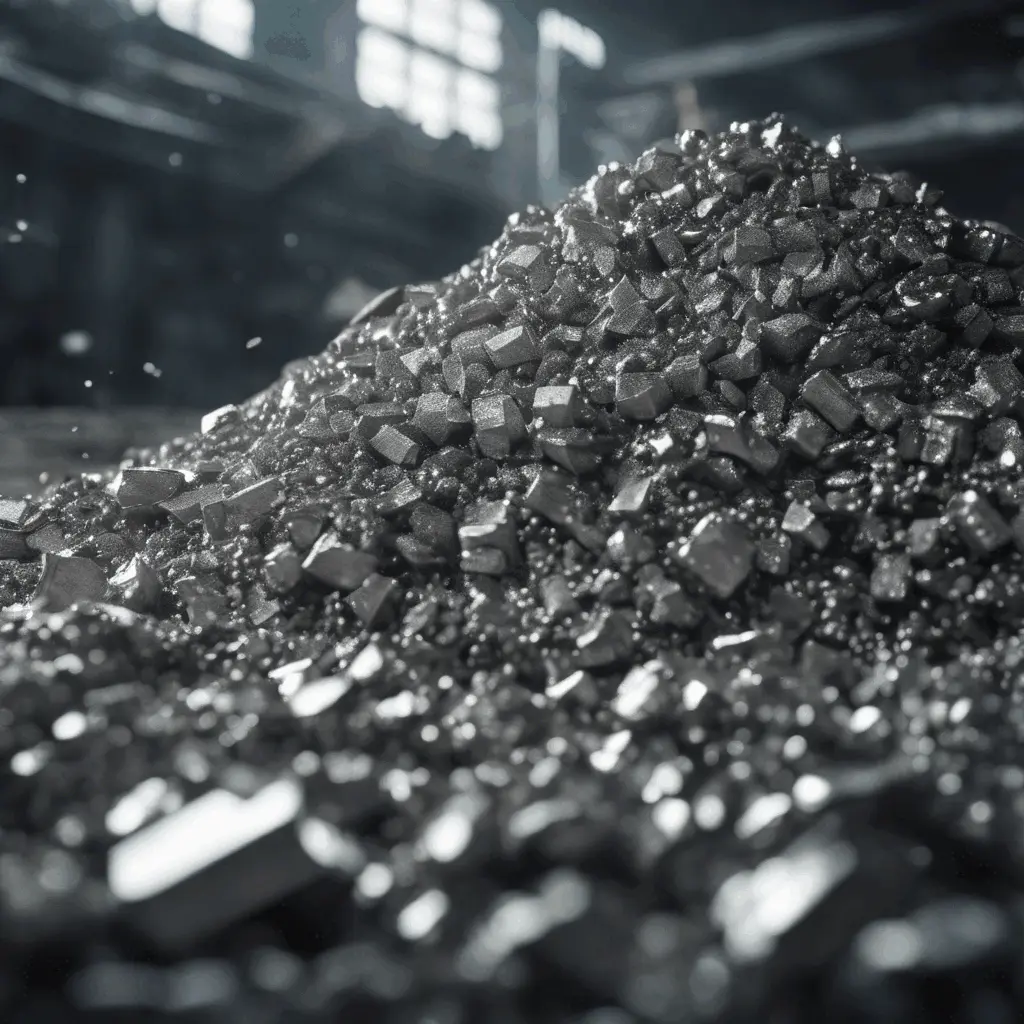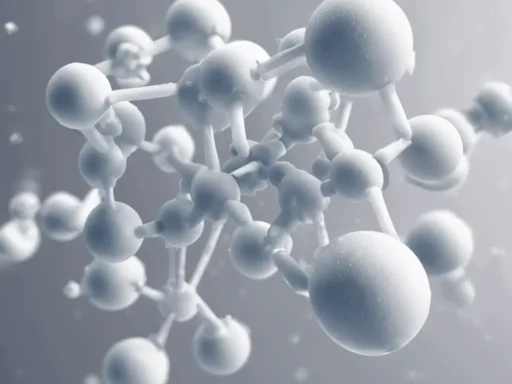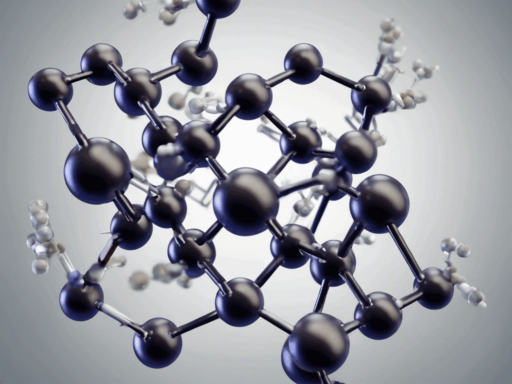Silver, a precious metal renowned for its beauty and versatility, has been sought after by humans for thousands of years. Its unique properties have made it a valuable resource in various industries, from jewelry-making to electronics. However, extracting silver from its ores and other sources is a complex process that has evolved significantly over time. In this blog post, we will explore the various methods used to extract silver, delving into their principles, advantages, and limitations.
Cyanidation: Dissolving Silver with a Controversial Chemical
One of the most widely used methods for extracting silver is cyanidation. This process involves crushing the ore and mixing it with a cyanide solution, which effectively dissolves the silver. The silver-bearing solution is then separated from the remaining ore, and the silver is recovered through electrolysis or precipitation. Cyanidation has proven to be an efficient and cost-effective method, making it a popular choice in the mining industry. However, the use of cyanide raises environmental concerns, as it is a highly toxic substance that can pose risks to wildlife and human health if not properly managed.
Flotation: Separating Silver from Other Metals
Another common silver extraction method is flotation, which is particularly useful when silver is found in combination with other metals, such as lead, zinc, or copper. In this process, the ore is crushed and mixed with water and specific chemicals, creating a froth that carries the silver-bearing minerals to the surface. The froth is then skimmed off, and the silver is extracted through smelting. Flotation allows for the separation of silver from other metals, enabling the targeted extraction of the desired material. However, this method can be energy-intensive and may require significant amounts of water.
Smelting: Melting Silver at High Temperatures
Smelting is a traditional silver extraction method that involves heating the silver-bearing material to high temperatures in a furnace. The intense heat causes the silver to melt and separate from other materials, allowing it to be poured into molds and solidified. While smelting is effective in extracting silver, it can be energy-intensive and may generate significant amounts of air pollution if not properly controlled. Additionally, smelting requires a high-grade silver-bearing material to be economically viable.
Heap Leaching: A Cost-Effective Solution for Low-Grade Ores
For low-grade ores, heap leaching is a preferred silver extraction method. In this process, the ore is crushed and placed in a heap on an impermeable pad. A cyanide solution is then sprayed over the heap, dissolving the silver. The silver-bearing solution is collected and processed to recover the silver. Heap leaching is a cost-effective method for processing large volumes of low-grade ore, as it requires less energy and infrastructure compared to other methods. However, like cyanidation, the use of cyanide in heap leaching poses environmental risks that must be carefully managed.
Electrometallurgy: Harnessing the Power of Electricity
Electrometallurgy is another silver extraction method that harnesses the power of electricity. In this process, the silver is dissolved in an electrolyte solution and then deposited onto a cathode through electrolysis. Electrometallurgy offers a high level of control over the extraction process and can produce high-purity silver. However, it requires a significant amount of electrical energy and specialized equipment, making it more suitable for high-value applications.
Mercury Amalgamation: A Toxic Legacy
Lastly, mercury amalgamation is an older silver extraction method that has fallen out of favor due to environmental concerns. In this process, the silver-bearing material is mixed with mercury, which forms an amalgam with the silver. The amalgam is then heated to evaporate the mercury, leaving behind the silver. While effective, the use of mercury poses significant health and environmental risks, as it is a highly toxic substance that can accumulate in the food chain.
Conclusion: Balancing Efficiency, Economics, and Environmental Impact
In conclusion, the choice of silver extraction method depends on various factors, including the type of ore, its silver content, and the presence of other metals or impurities. Each method has its advantages and limitations, and the selection process must consider economic viability, environmental impact, and regulatory requirements. As technology advances and environmental awareness grows, the silver mining industry continues to seek innovative and sustainable extraction methods that maximize efficiency while minimizing negative impacts on the environment and human health.





